Genome editing could lead to better breeds for the U.S. catfish industry
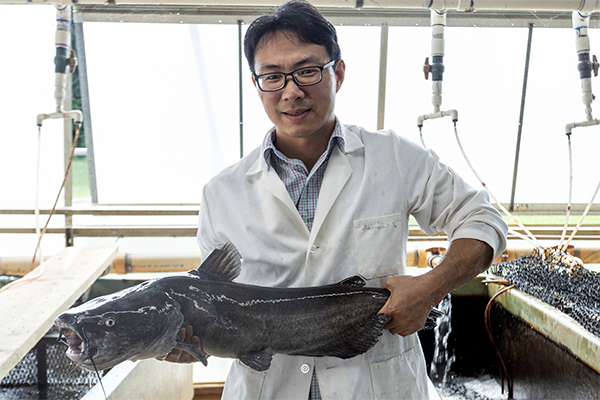
An Auburn University research team from the College of Veterinary Medicine and the College of Agriculture recently became the first to map a high-quality genome assembly of the blue catfish (Ictalurus furcatus).
The genome, published in the journal GigaScience, is essential for genetic improvement using gene-editing or genome-assisted selection and will aid in the genetic enhancement of better catfish breeds for the multimillion-dollar catfish farming industry.
Catfish farming is the largest aquaculture industry in the United States, accounting for approximately 70 percent of the nation’s total aquaculture output. Mississippi, Alabama, Arkansas and Texas account for the great majority of total U.S. freshwater catfish production. The primary fish utilized for farming purposes is a hybrid produced by breeding male blue catfish with female channel catfish.
“The hybrid catfish is superior in growth and disease resistance,” said Xu Wang, assistant professor of comparative genomics in animal health in the College of Veterinary Medicine’s Department of Pathobiology and adjunct faculty investigator with the HudsonAlpha Institute for Biotechnology, one of the project leaders.
“Faster growth means more profit,” Wang added. “Originally, farmed fish were primarily channel catfish, but three major bacterial pathogens resulted in a 40 percent loss of production and annual economic damage of over $100 million in the U.S. industry alone. The hybrid mix of the blue and channel catfish has improved disease resistance and reduced mortality by half.”
With tools like CRISPR, can genome editing deliver more resilience for aquaculture?
Wang added that there is a critical need for further genetic improvement.
“The channel catfish genome was mapped in 2016 by John Liu’s lab at Auburn [now at Syracuse University], but the blue catfish genome was not available until we published it,” Wang said. “Our high-quality blue catfish genome addresses the urgent needs to achieve the long-term goal of improving growth, feed utilization, stress and disease resistance and reproduction.”
Follow the Advocate on Twitter @GSA_Advocate
Now that you've reached the end of the article ...
… please consider supporting GSA’s mission to advance responsible seafood practices through education, advocacy and third-party assurances. The Advocate aims to document the evolution of responsible seafood practices and share the expansive knowledge of our vast network of contributors.
By becoming a Global Seafood Alliance member, you’re ensuring that all of the pre-competitive work we do through member benefits, resources and events can continue. Individual membership costs just $50 a year.
Not a GSA member? Join us.
Author
Tagged With
Related Posts
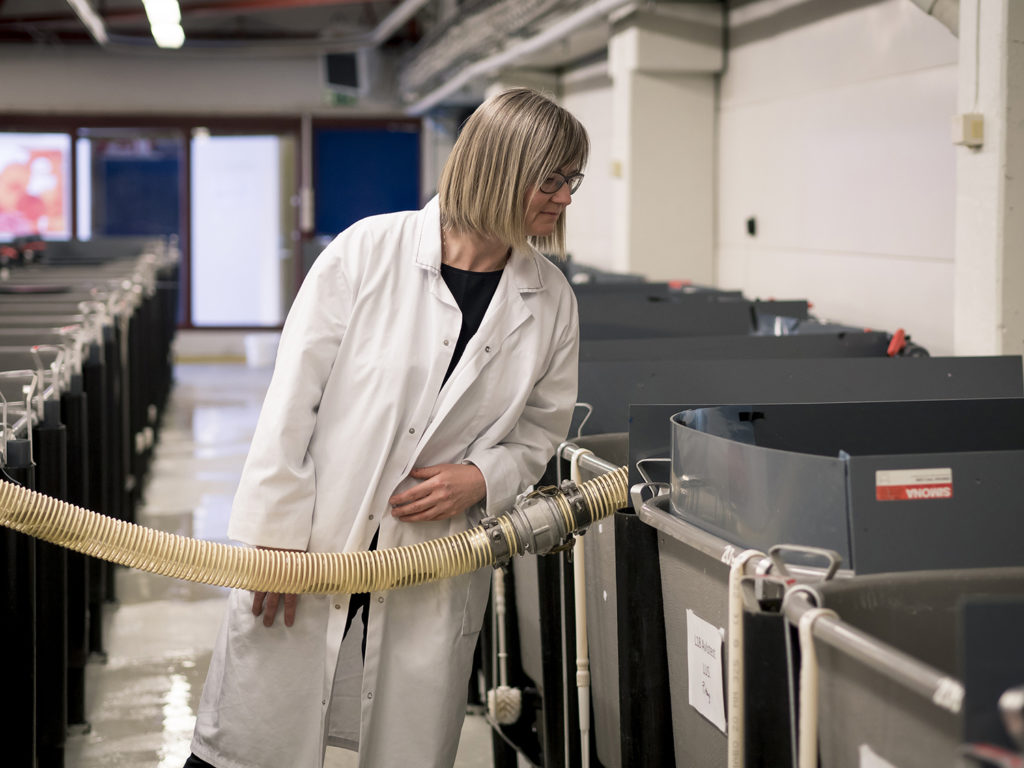
Innovation & Investment
AquaGen CEO: Genomics are transforming aquaculture
The CEO of AquaGen knew that the Norwegian research group’s work in genomics was key to the salmon industry’s future. And that was before she even worked there.
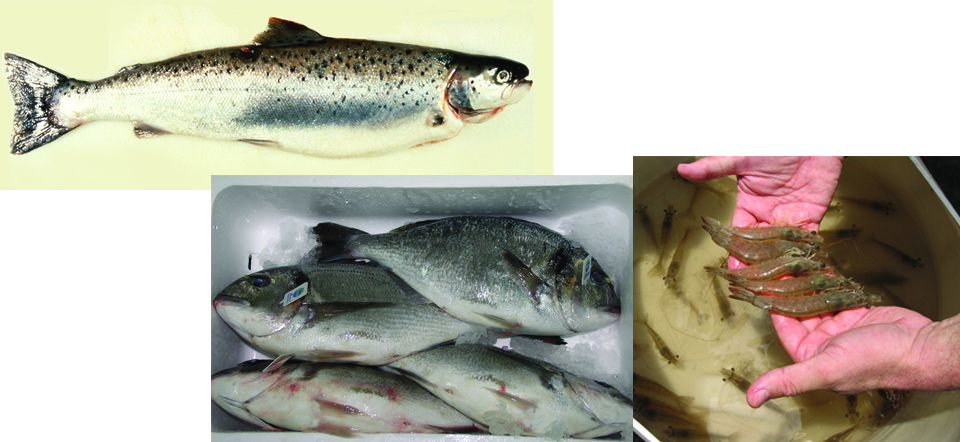
Health & Welfare
Aquaculture genomics: Progress in identifying species genetics continues
The continued application of genome research to aquaculture will provide unprecedented accuracy for genetic selection of performance and production traits.
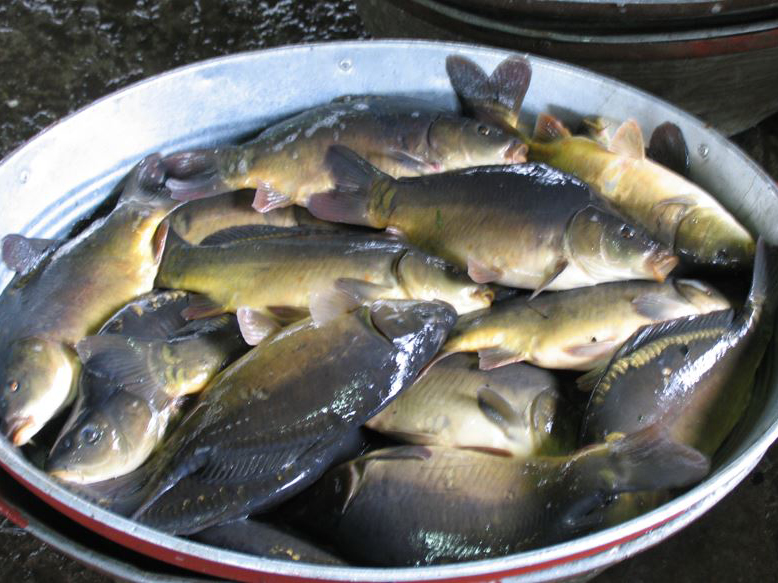
Health & Welfare
Barcoding, nucleic acid sequencing are powerful resources for aquaculture
DNA barcoding and nucleic acid sequencing technologies are important tools to build and maintain an identification library of aquacultured and other aquatic species that is accessible online for the scientific, commercial and regulatory communities.
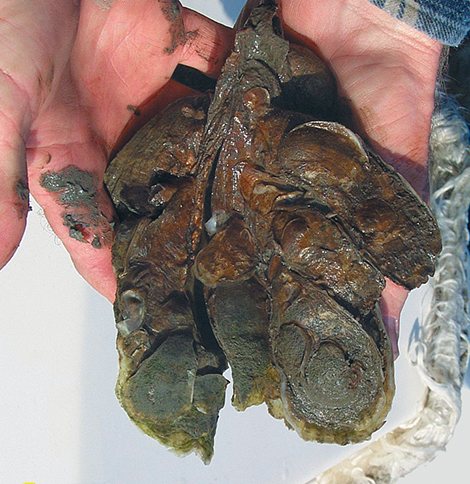
Health & Welfare
Ecogenomics: New approach to understanding oyster health
The health of two key oyster species – the American and Pacific – is constantly under threat of parasitic infections leading to diseases MSX and dermo.



